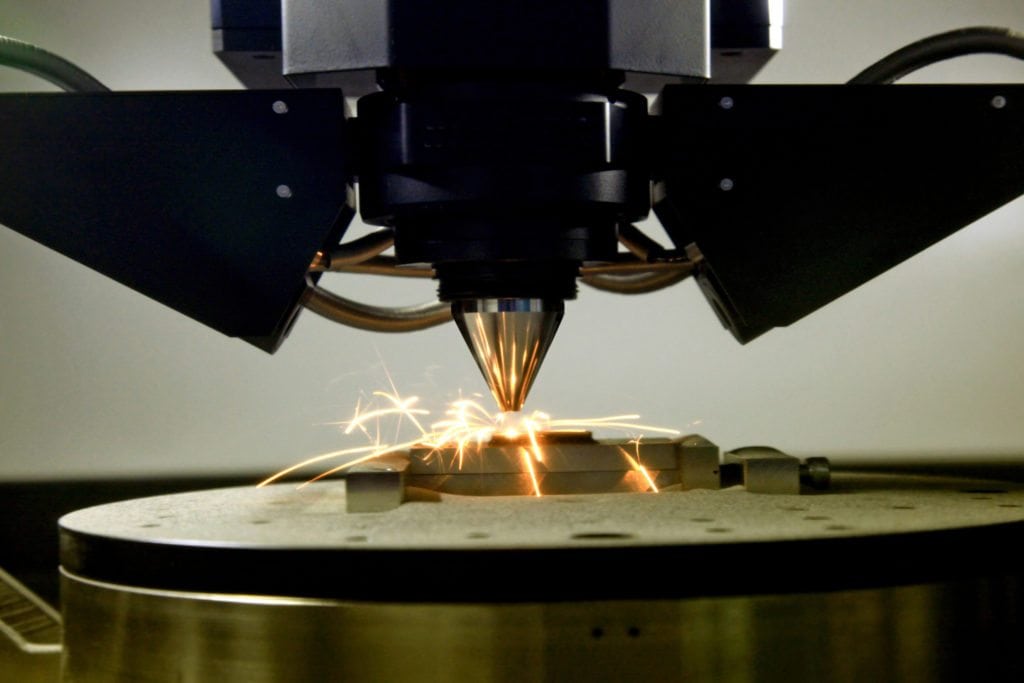
The potential for technology to change the way the metal fabrication industry operates is ongoing and enormous. We’ve already benefited from laser technology with faster, more accurate metal fabrication. As 3D printing evolves, it will also have a big impact on how things are manufactured.
Also known as additive manufacturing (AM), 3D printing is changing the face of manufacturing and production when it comes to just about every industry: automotive, electronics, military, even food. Originally used with plastics and polymers, recent innovations include a type of 3D metal printing as an additive process that uses a laser beam to melt micron layers of metal powder instead of plastic filament. New 3D printing machines will allow for using a wider variety of metals, which will simplify the printing process.
Industrial Fabrication and Manufacturing
The evolution of 3D printing has gone from a product development tool to a full-blown industrial and manufacturing tool. Metal additive manufacturing will lead the way with processes such as metal binder jetting, powder bed fusion, and directed energy deposition.
Mass manufacturing faces the biggest challenges when it comes to 3D printing, but rapidly evolving technology will eventually allow production speed and quantity to increase. Some experts predict a complete disruption in traditional manufacturing in many industries.
Continuing Advances
In April 2017, a Massachusetts startup announced the release of two new metal 3D printing systems targeted toward the engineering and manufacturing industries. Initially allowing engineers to make metal prototypes, the full production system rolling out in 2018 will enable manufacturers to print metal parts. The system uses powdered metal and a “bound metal deposition extrusion process, which it says creates repeatable, high-resolution parts that are superior to not just current printed parts, but also parts made from traditional casting.” (Forbes)
Less waste
In traditional fabrication, there’s often wasted materials. With 3D printing, waste and energy use can be reduced. 3D printed products also have the potential to be lighter, a big benefit especially in the aerospace and aviation industries.
Zero gravity
One of the coolest anticipations is the ability to use 3D printing in zero gravity. Astronauts will eventually be able to print parts, tools, and possibly even food in space, helping make space missions more self-sufficient.
All Metals Fabrication is watching this technology carefully, anticipating the day will come when we add this capacity to our manufacturing base.